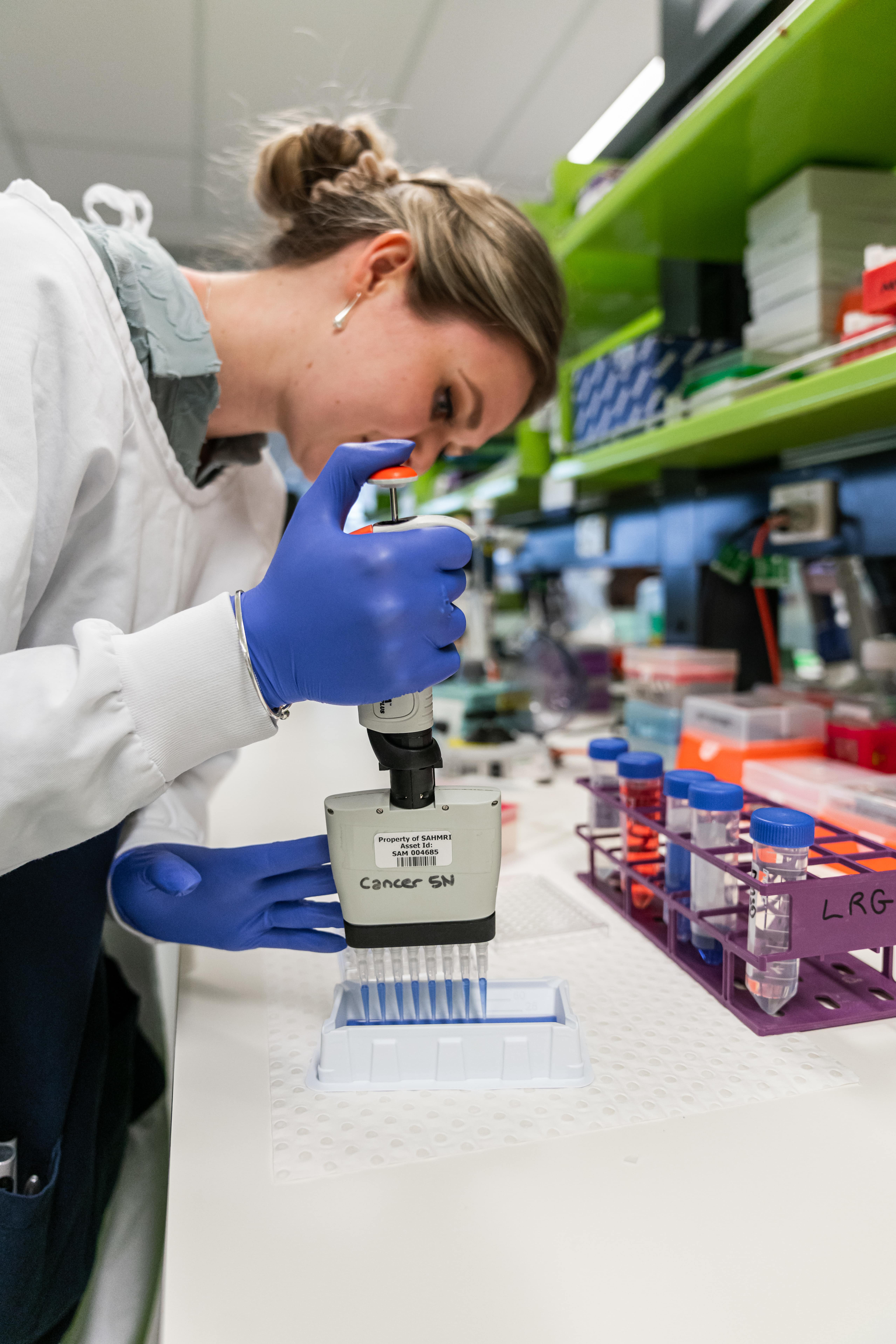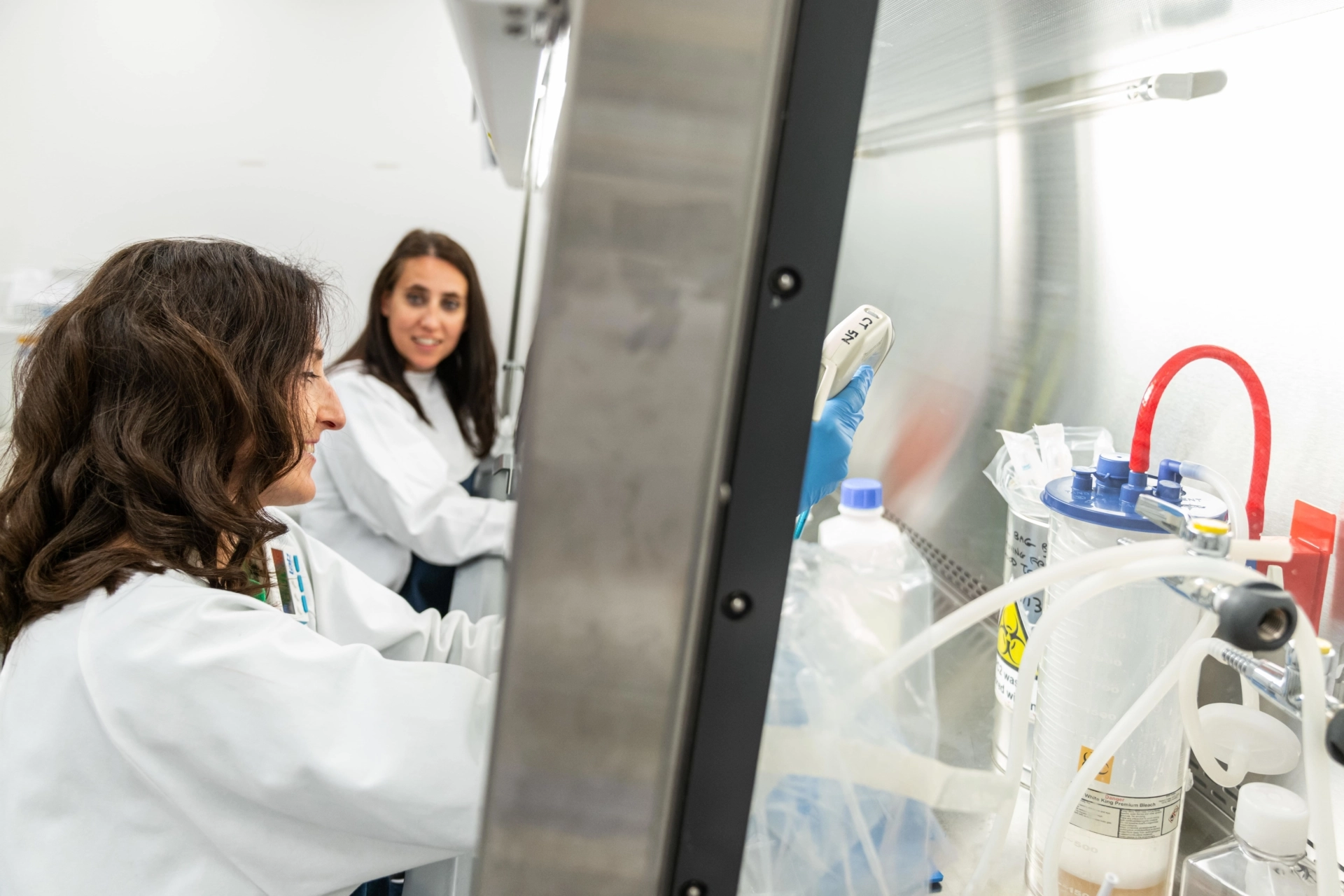More than 300 adults and children are diagnosed with acute lymphoblastic leukaemia (ALL) each year in Australia. Of these, 80% are children.

Intensive, highly toxic chemotherapy and bone marrow transplantation (BMT) are key approaches in treatment to increase survival, however both cause treatment-related toxicities.
More than 75% of children with ALL are cured with two years of chemotherapy and a further 10% are cured by BMT following chemotherapy, but relapse of ALL remains the leading cause of non-traumatic death in children in the western world.
In adults the outcomes are not as good, with an overall survival rate of approximately 40%. The key to improving the outcome for ALL patients is early identification and thorough characterisation of the disease sub-type for each individual patient.
Most children with ALL now survive into adulthood, but almost two-thirds will develop a chronic health condition in later life such as diabetes mellitus, metabolic syndrome, obesity and cardiovascular disease. These people are also five times more likely to develop a second malignancy in their lifetime.
The reasons for these inferior long-term outcomes are poorly understood, but the intensity of the chemotherapy these patients are given in early life is thought to be a cause.
Analysing the genomic alterations in each patient paves the way for better disease understanding, accurate disease risk stratification and enabling a precision medicine approach using rationally targeted or immune-based therapies to induce optimal responses. This also allows the team to identify patients who will respond well to conventional therapies, avoiding the related toxicities of high-dose, more toxic chemotherapy or newer treatment approaches.
The ALL Research Group at SAHMRI is the National Referral Centre for genomic screening of ALL cases across all age groups. Leukaemic cells are isolated from blood and/or bone marrow samples from newly diagnosed or relapsed ALL patients and sequenced (transcriptome). The genomic sequence is analysed, where genes that are altered or activated, when compared to normal cells, can be targeted directly by drugs that have been designed for other diseases with similar genomic changes.
The ultimate goal is to allow timely intervention using a precision medicine approach to improve outcomes for patients.


